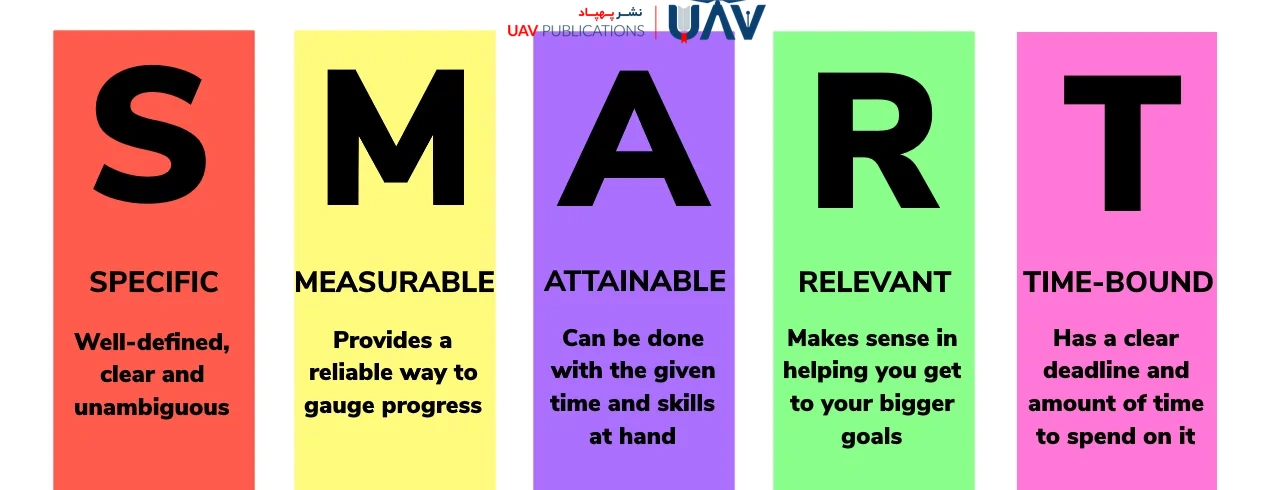In today’s fast-paced world, where information is abundant and instant gratification is the norm, reading has quietly faded from the daily habits of many. Laziness in reading is no longer just a personal shortcoming—it reflects more profound cultural and cognitive shifts that have eroded our capacity for focus, sustained effort, and intellectual growth. Many of us have made repeated promises to return to reading, yet failed to make it a consistent part of our lives.
This article, grounded in practical psychology and habit formation, offers ten actionable strategies to help break through chronic reading inertia. An understanding of human cognition, behavioral psychology, and time management informs these approaches. If you’re genuinely looking to bring books back into your life, this guide can be a meaningful starting point.
Understanding the Roots of Reading Avoidance
Laziness in reading is not merely a moral flaw or a lack of willpower; it is a complex issue that requires a deeper understanding. Often, it stems from deeper cognitive and psychological mechanisms. The human brain naturally tends to avoid mentally demanding tasks, especially when the rewards aren’t immediate. Reading, by nature, offers long-term benefits, whereas today’s digital landscape has conditioned our minds to seek quick stimulation, such as from social media. Moreover, individuals who lack a history of successful reading experiences or who doubt their comprehension abilities may develop a subconscious aversion to reading.
The first step in overcoming this resistance is recognizing its internal and external causes. By understanding why we avoid books, we can design solutions rather than blame ourselves.
Setting Clear and Specific Reading Goals
One of the main reasons people lose motivation to read is the lack of clear goals. Vague intentions, such as “I want to read more,” rarely inspire action. Our brains respond better to precise, measurable objectives. Instead of saying, “I want to read that book,” try setting a goal like: “I will read Atomic Habits for 15 minutes every night and finish it in three weeks.”

Applying the SMART framework—Specific, Measurable, Achievable, Realistic, and Time-bound—can significantly enhance the effectiveness of goal-setting. A clear goal focuses the mind, reduces procrastination, and serves as a strong first step in establishing a reading habit.
Designing an Effective Reading Environment
The physical environment plays a crucial role in habit formation. If your reading space is cluttered, poorly lit, or filled with distractions, your chances of opening a book decrease significantly. Our minds associate specific spaces with certain behaviors. A comfortable chair, a dedicated reading lamp, and the absence of a smartphone from your desk can signal to your brain that it’s time to concentrate.
Creating a designated reading nook—even a small one—helps anchor the habit. Instead of forcing yourself to read in any circumstance, structure your environment so that it naturally invites you to pick up a book.
Building a Routine: Automating the Act of Reading
No one is born with unbreakable willpower, but anyone can build habits that make complex tasks easier. In the case of reading, habit is the key to consistency. Turning reading into a daily routine removes the internal debate of “Should I read or not?”

A helpful method is the “2-minute rule”: start with just two minutes of reading. This lowers resistance and often leads to longer reading sessions. You can also link reading to an existing habit, like reading ten pages after your evening tea, or while waiting at the dentist’s office. Over time, reading becomes an integral part of your lifestyle. Routines transcend motivation and protect your goals from fleeting moods.
Choosing Enjoyable and Personalized Reading Material
One common mistake among aspiring readers is choosing books that seem merely “useful” rather than genuinely interesting. Reading books that don’t align with your interests can make the experience feel like a chore. To break through laziness, begin with books that captivate you—even if they’re not highly intellectual or scholarly.
Reading should be a pleasurable experience, not a burdensome one. Discovering your literary taste, exploring different genres, and starting with short or narrative-driven books can make the journey more enjoyable. Once you’re engaged, you can gradually move on to more challenging material. Thoughtful book selection considers your needs, current level, and genuine interests. When a book truly speaks to you, no external motivation is needed—you’ll return to it on your own.
Strengthening Focus and Managing Distractions
One of the most significant obstacles to sustained reading is the inability to concentrate amidst constant distractions, such as smartphones, notifications, social media, and intrusive thoughts. In our overstimulated world, the brain struggles to maintain focus on tasks without immediate rewards.

To combat this, create a conscious environment optimized for focus. Techniques such as the Pomodoro method (25 minutes of focused reading followed by a 5-minute break), turning off notifications, using focus apps, or writing down distracting thoughts on paper can all help. Mindfulness practices, such as meditation or deep breathing, can also help calm the mind and stabilize attention before reading. Focus is a skill—through training and intentional design, it can become an ally in your reading journey.
Tracking Progress and Boosting Motivation
Seeing your progress is a powerful motivator. When you observe how many pages or chapters you’ve completed, or how consistently you’ve read over a week, you feel a sense of achievement. Tracking your reading is a simple but effective way to maintain momentum.
Use tools like reading journals, book-tracking apps (e.g., Goodreads), or even hand-drawn charts to track your progress visually. You can also introduce small rewards for reaching mini-goals—for example, “If I read 50 pages this week, I’ll treat myself to my favorite movie.”
Combining precise tracking with meaningful rewards creates positive reinforcement that keeps you going.
Engaging with the Text: Interactive Reading
Passive reading—simply moving your eyes across the page without deep engagement—often leads to fatigue and a lack of engagement. In contrast, active reading involves interacting with the text: taking notes, summarizing, asking questions, highlighting key points, and even explaining ideas to others.

Using a highlighter, jotting down reflections in the margins, or summarizing each chapter in your own words keeps your mind involved. Interactive reading transforms a book from a one-way lecture into a dialogue, making the experience more stimulating and effective.
Gradually Replacing Time-Consuming Habits
Time is always limited, and one common excuse for not reading is simply a lack of time. However, much of our time is often consumed by low-value activities, such as endless scrolling, binge-watching shows, or aimless online chats. By identifying and slowly replacing these time sinks with reading, you can reclaim your mental space.
Avoid abrupt lifestyle overhauls that rarely succeed. Instead, adopt gradual substitution: for example, commit to reading just 10 minutes instead of your usual nighttime social media scrolling. Small, consistent shifts can lead to lasting change. Managing your time is managing your life, and reading is among the wisest investments of that time.
Creating Support Systems and Reading Communities
While reading is often a solitary activity, sharing it socially can make it more dynamic. Discussing books with others or joining reading groups provides motivation, accountability, and richer perspectives. Your support network could include close friends, group chats on messaging platforms, online forums, or in-person book clubs.

Exchanging ideas, hearing diverse viewpoints, and engaging in thoughtful discussion enhances both your enjoyment and understanding of the material. Even pairing with a friend to read the same book and sharing summaries weekly can make the journey less isolating. Social reading isn’t just encouraging—it deepens your intellectual engagement.
Returning to the Gentle Companion: The Book
Overcoming reading inertia is not merely a lifestyle adjustment—it is a path toward a more thoughtful and meaningful existence. Amid the noise of the digital age, books offer a sanctuary for focus, reflection, and self-discovery. The strategies presented here only bear fruit when combined with awareness, consistency, and inner motivation.
Simple routines, an inviting reading space, personal drive, and a supportive network can ease your way back to books. Remember: books do not wait for us—we must return to them, even if slowly at first. Every page you read today is a step toward becoming a deeper, more aware human being.

